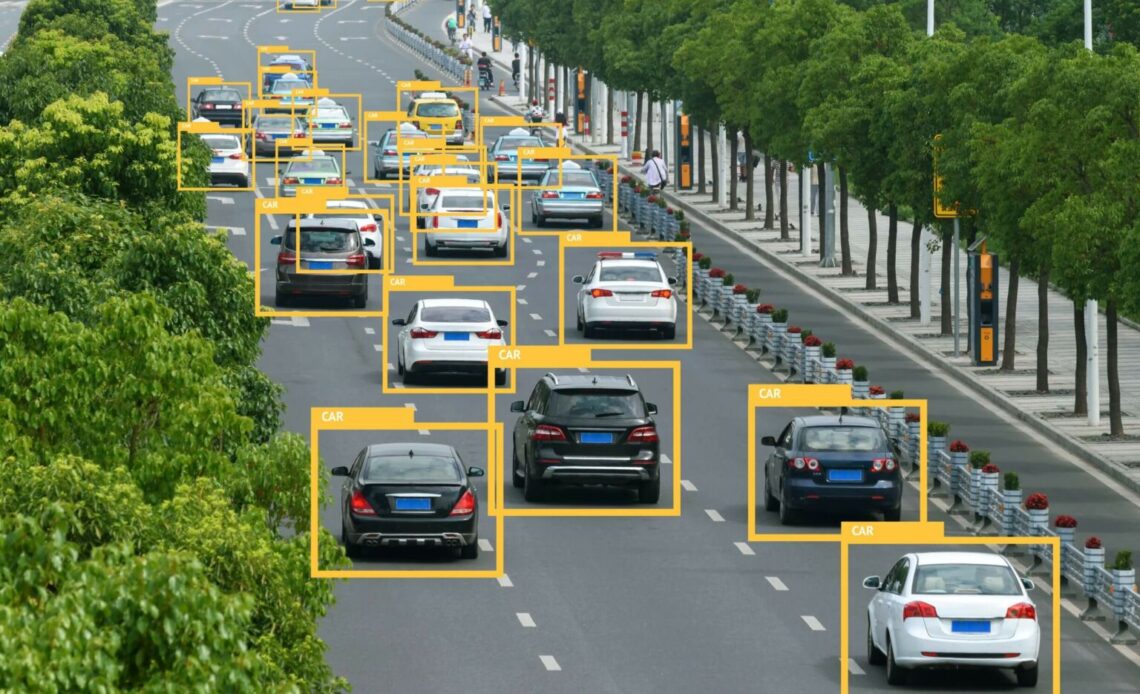
Multifaceted challenges in data annotation:
Developing robust autonomous vehicles hinges on the quality of data used to train their AI algorithms. This data, often collected from sensors like cameras and LiDAR, needs to be accurately labeled to teach the AI how to interpret real-world scenarios. This process, known as data annotation, presents a significant bottleneck in autonomous vehicle development. The sheer volume of data generated, coupled with the need for high precision, makes data annotation a time-consuming and complex endeavor.
Ensuring precise and reliable annotations:
Accurate data annotation is crucial for the safety and reliability of autonomous vehicles. Mislabeled data can lead to incorrect predictions and potentially dangerous situations on the road. For instance, if a pedestrian is mislabeled as a static object, the autonomous vehicle’s AI might not react appropriately, jeopardizing safety. Achieving high annotation accuracy requires skilled human annotators and sophisticated tools that can handle the nuances of real-world driving scenarios. Learn more about how data annotation for autonomous vehicles is shaping the future of mobility.
Capturing real-world scenarios accurately:
Autonomous vehicles must navigate a wide range of driving conditions, from busy city streets to unpredictable weather. Data labeling essentials for autonomous vehicle development include capturing this diversity in the training data. Annotating for edge cases, such as unusual driving maneuvers or adverse weather conditions, is particularly important. This often involves simulating these scenarios or collecting data from diverse geographical locations, adding another layer of complexity to the annotation process. Discover how data annotation in autonomous vehicles is revolutionizing the automotive industry.


